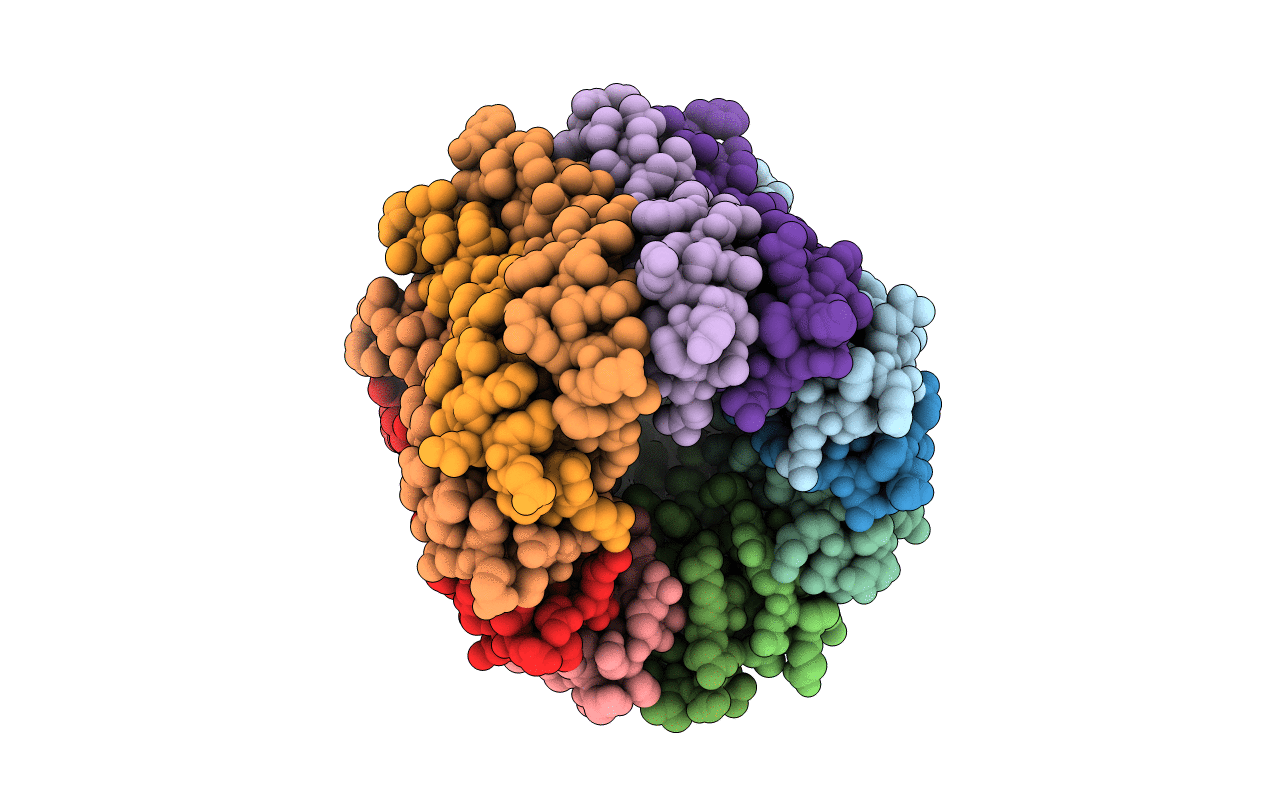
Deposition Date
2013-02-20
Release Date
2013-05-01
Last Version Date
2024-10-09
Entry Detail
PDB ID:
3ZO6
Keywords:
Title:
Crystal structure of Bacillus pseudofirmus OF4 mutant ATP synthase c12 ring.
Biological Source:
Source Organism:
Bacillus pseudofirmus OF4 (Taxon ID: 398511)
Host Organism:
Method Details:
Experimental Method:
Resolution:
4.10 Å
R-Value Free:
0.33
R-Value Work:
0.27
R-Value Observed:
0.27
Space Group:
P 21 21 21


